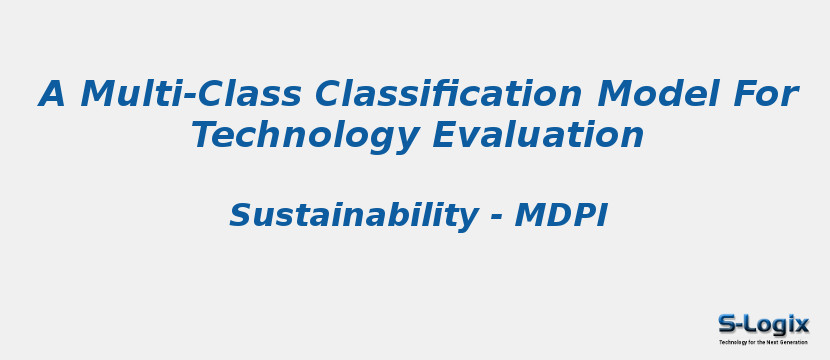Research Area: Machine Learning
This paper proposes a multi-class classification model for technology evaluation (TE) using patent documents. TE is defined as converting technology quality to its present value; it supports efficient research and development using intellectual property rights–research & development (IP–R&D) and decision-making by companies. Through IP–R&D, companies create their patent portfolios and develop technology management strategies. They protect core patents and use those patents to cooperate with other companies. In modern society, as conversion technology has been rapidly developed, previous TE methods became difficult to apply to technology. This is because they relied on expert-based qualitative methods. Qualitative results are difficult to use to guarantee objectivity. Many previous studies have proposed models for evaluating technology based on patent data to address these limitations. However, those models can lose contextual information during the preprocessing of bibliographic information and require a lexical analyzer suitable for processing terminology in patents. This study uses a lexical analyzer produced using a deep learning structure to overcome this limitation. Furthermore, the proposed method uses quantitative information and bibliographic information of patents as explanatory variables and classifies the technology into multiple classes. The multi-class classification is conducted by sequentially evaluating the value of a technology. This method returns multiple classes in order, enabling class comparison. Moreover, it is model-agnostic, enabling diverse algorithms to be used. We conducted experiments using actual patent data to examine the practical applicability of the proposed methodology. Based on the experiment results, the proposed method was able to classify actual patents into an ordered multi-class. In addition, it was possible to guarantee the objectivity of the results. This is because our model used the information in the patent specification. Furthermore, the model using both quantitative and bibliographic information exhibited higher classification performance than the model using only quantitative information. Therefore, the proposed model can contribute to the sustainable growth of companies by classifying the value of technology into more detailed categories.
Keywords:
Author(s) Name: Juhyun Lee, Jiho Kang, Sangsung Park ,Dongsik Jang and Junseok Lee
Journal name: Sustainability
Conferrence name:
Publisher name: MDPI
DOI: https://doi.org/10.3390/su12156153
Volume Information: Volume 12 Issue 15
Paper Link: https://www.mdpi.com/2071-1050/12/15/6153
